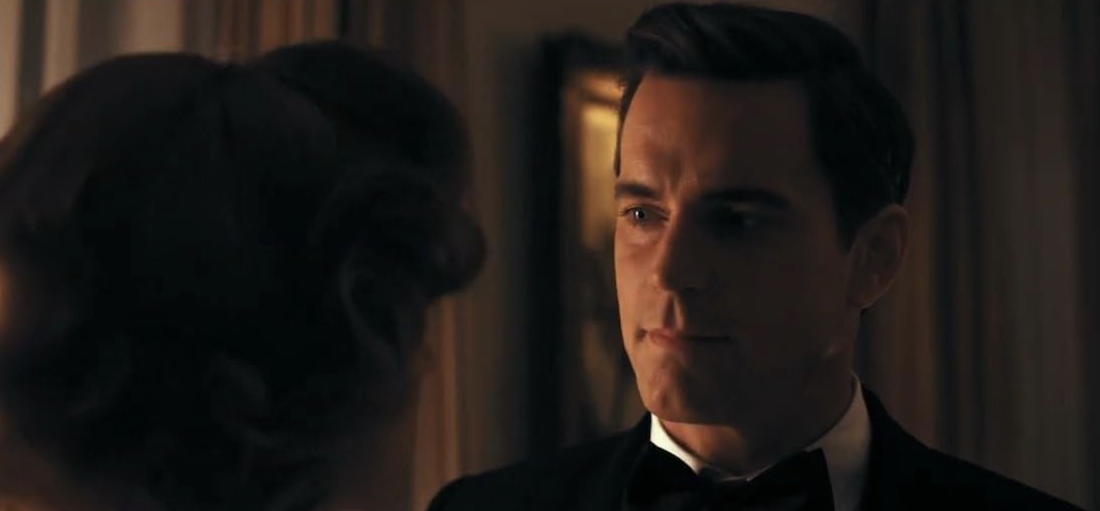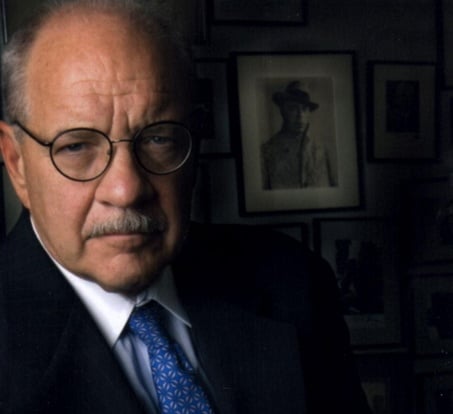Take 5: Writing a Coming-of-Age Story in ‘Armageddon Time’
November 21, 2022
Armageddon Time is a coming-of-age story that follows Paul Graf (Banks Repeta), a sixth-grade boy, who struggles with finding his place in the world during the generational shift from the 1970s into the 1980s. Paul not only begins to learn that his actions are starting to have real consequences but finds the world is increasingly complicated as you get older.
Loosely based on the childhood of James Gray, the writer/director of the film, the film features supporting characters played by Anne Hathaway, Jeremy Strong and Anthony Hopkins.
Armageddon Time delivers a powerful drama with several screenwriting takeaways for any writer.
- What is a coming-of-age story?
In simple terms, coming of age means the transition from childhood to adulthood. In movies though, that definition gets a little looser. It often means a growing up moment where the innocence of childhood is somewhat lost and the protagonist must bear responsibility or gain understanding.
In Armageddon Time, Paul comes of age as he bears witness to the impact of racism on his best friend, witnesses the death of a grandparent who he could confide in, and realizes his comedic antics and invincibility of youth start having real consequences.
This type of story is popular because of its relatability. Everyone has these moments as children and in life. In the 1980s there was a glut of films that became classic coming-of-age stories such as The Goonies, E.T. The Extra-Terrestrial and The Breakfast Club. Other modern versions of coming-of-age stories other than Armageddon Time include Booksmart, Dear Evan Hansen and Licorice Pizza.
- Building a Connection Amongst Friends
From the first scene of the film, the audience learns several things about Paul. He’s a gifted artist, he likes to make people laugh and that life isn’t fair. The scene takes place in a sixth-grade classroom on the first day of school. Paul draws a picture of his teacher’s head with a turkey’s body. He shares it with the class who laughs, which grabs the attention of the teacher who doesn’t find it as funny. Naturally, Paul gets in trouble.
In this scene though is another class clown: Johnny (Jaylin Davis), who we learn is repeating the sixth grade, and that the teacher has it out for him on day one.
Paul and Johnny become fast friends as they find a kinship amongst humor and of being somewhat outsiders.
Writers can observe how Gray bonded two characters quickly by making them similar from an 11-year-old point-of-view but distinguishing in them in ways of how the world treats them from a racial and socio-economic perspective.
- What We Learn at the Dinner Table
In a drama, it can be difficult when it comes to exposition. How can you reveal history and context in a compelling way when all you mostly have are talking heads?
In one of the early scenes of Armageddon Time, Paul sits down to a family dinner which includes his parents, brother, grandparents and an aunt and uncle. The audience has already learned who Paul is at school, now it’s time to learn what he’s like around his family and what drives his motivations.
There is a lot to uncover in the general conversation and how a young boy interprets things and the questions they ask. This scene reveals the strict-but-fair nature of his parents Esther (Hathaway) and Irving (Strong) and their ambitions, which includes Esther’s desire to run for district school board – she is currently PTA president, which Paul interprets her as being the president of the school.
Most importantly, each character is distinguishable from the other and their attitudes and views of the world, especially the relatives who lived in Europe during World War II, and what it means to be Jewish in America.
If your story calls for a scene that needs to reveal a lot of information, this dinner scene can show how you can do so in a way that creates conflict amongst several characters while revealing how your protagonist fits into the overall family dynamic.
- What’s it like to be a Sixth Grader?
It can be rough to write in the voice of a child. Not every adult can remember how they talked at that age and, even if you’re a parent who has had children that age, it can be difficult to recall how they communicated with you and their friends.
Most kids though are only aware of their part of the world. Depending on who their parents are, what schools they go to and even the communities they live in impacts what they know. It also means the things they care about are going to be vastly different than adults.
This film takes place in 1980, but what does an 11-year-old care about Reagan running for president? Unlike his parents who make a comment here and there.
Paul’s friend Johnny is African-American and so Paul is ignorant to what it means to be Black in New York. But Johnny, also the same age as Paul, is well aware which creates tough lessons for the protagonist to learn.
Everything about Paul’s identity comes into conflict with itself and the outside world. He smokes marijuana without even knowing what it is and he tells his parents he wants to be an artist, but this clashes with what their version of success is. When he’s forced to change schools, Paul doesn’t see it as receiving a better education, but rather losing a best friend.
If you’re creating young characters, it’s critical to look at the world from their eyes: what scares them? Excites them? What do they know and understand, and why?
- Building Strong Supporting Characters
The movie revolves around the protagonist of the story but each character has their own world and perception. Armageddon Time has a strong supporting cast because of the way the characters are written and the complexity of their lives.
For instance, Esther isn’t just Paul’s mom. She has another son who causes his own teenage problems, a father who becomes ill, a PTA president whose son is causing trouble at the school and a desire to be on the school board. That’s just a handful of Esther’s complexities but as you can see she is her own character with motivation, conflicts and desires.
When building out the major supporting characters in your story, it’s important to look deep into who they are and why they matter in the context of the story. If they are complex like the protagonist, they will have their own voice and help tell a richer story.
Armageddon Time is currently playing in theate
Written by: Steven Hartman
Steven Hartman is an award-winning, optioned screenwriter. He was a Top 5 Finalist in Big Break’s Historical Category in 2019 and won Best Action/Adventure in Script Summit’s Screenplay Competition in 2021. He holds a Bachelor of Arts degree from Columbia College and had internships at Jerry Bruckheimer Films and Village Roadshow Pictures. Steve is a full-time writer and creative video producer by day and a screenwriter and novelist by night.- Topics:
- Screenwriting & Craft




